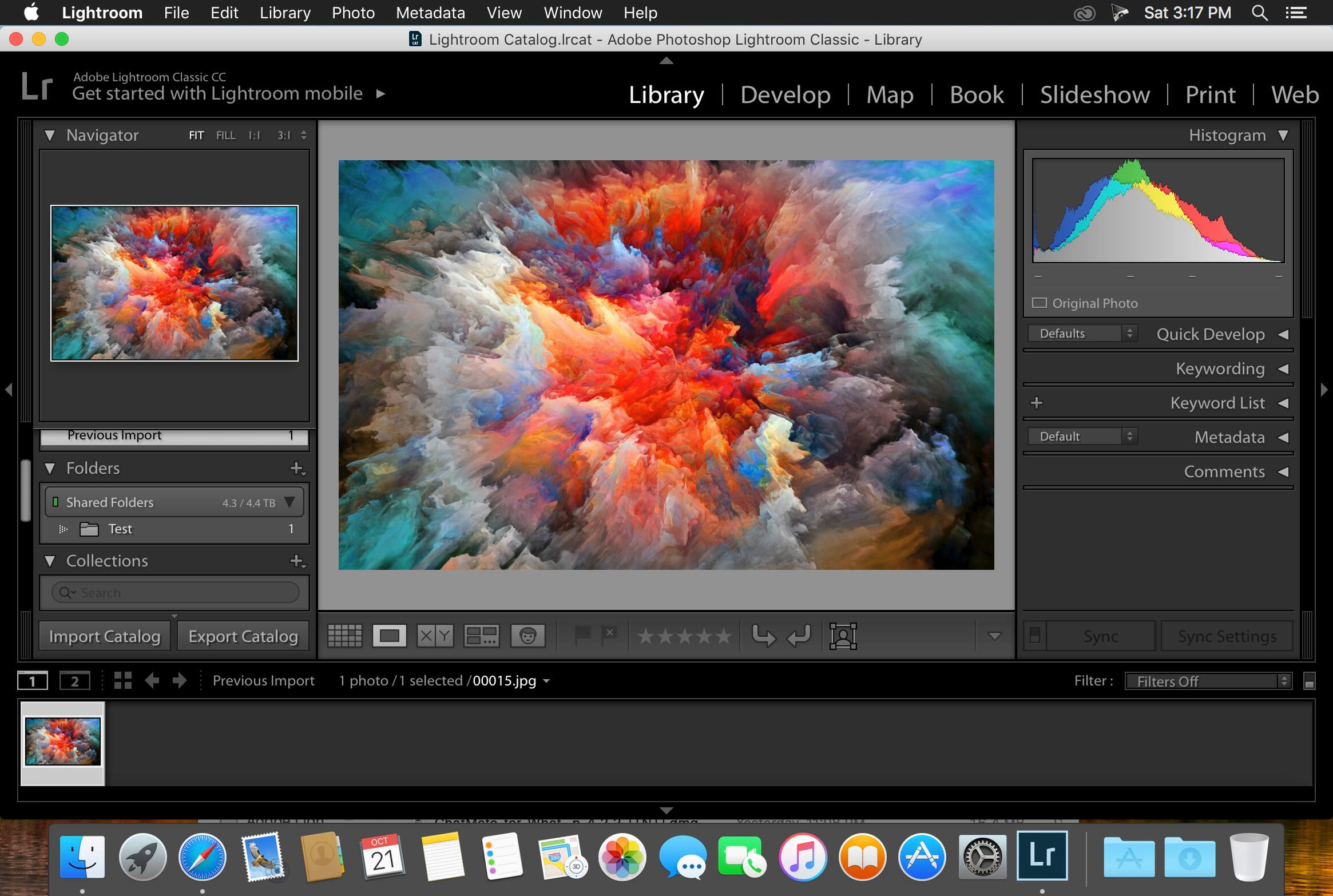
I think that’s a good idea over the long haul, and it would allow for reference later.

It’s been suggested that I generate a google doc or something with a defined list of genres and conform shoots to that. You can also see that I’m not super dogmatic on my genre-specific name part. Lightroom moves the files and updates its database so that no links are broken. When I’m done with a project in the “current projects” drive, I simply drag it down to “Imports 2018” under “photos!”. You can see there are two drives listed. On months or days that are in the single digits, it’s important to insert the 0 before the number. I have no need for sub folders other than by year. I didn’t find it helpful once LR introduced the search bar. You may notice the color rating beside the folders. Also, it’s nice for ongoing personal projects. As you can see, in an entire year, it only accounts for 365 photos, but it’s handy to avoid making a new folder for every. My only exception to the strict “YY.MM.DD-genre-shoot specific” naming convention is for a few catch-all folders that i keep for test shots and goof around stuff. That’s why I have the time to write this blog. As you can see in my current projects drive, I’m caught up other than a few undated folders. Ok, a photo, so you can visually see what I’m talking about. Any work I do in Lightroom can be synced back to my main computer, and it’s pretty handy.) Now I just sync smart previews to the cloud and leave the originals on the main computer. If I’ve been working on another computer, I export a small catalog and import it into the main catalog when I get it back. Other than catalog backups being a bit time consuming, there are no performance hits that I’m seeing and the ability to search through photos is nice. LR has come a long ways from the days where large catalogs would slow down systems. I currently have 229k (now 313K in Sept of 2020) photos in my main catalog. They are stored on the main drive, and under a JPEG folder, but if I want to find both the raw and the jpeg files, I can just search the whole system with that name and both folders will pop up.Ĥ. I always list genre as well, since it’s an easily searchable term, but always starting with date allows me to narrow down a search easily.įor finished JPEG folders, I mirror this naming convention exactly. Why year first? Because then it will never get out of order, even if multiple years are in the same folder. I organize every one of my sessions in this file system and naming convention

If you create your folder structure inside Lightroom, it will make your life easier.ģ. If you need to make subfolders, you can also do that in Lightroom by right clicking and using the “create new folder” option. You can drag and drop folders between recognized hard drives and file structures. Once you’ve imported photos to LR, do not move them EXCEPT THROUGH LIGHTROOM. I see no benefit in deleting keeper raws, since hard drive space is increasingly cheap, and being able to go back and search photos from the beginning of my career has saved my butt a few times.Ģ. It’s not as fast as the ssd, but it holds a lot and is easily searchable. I store all the finished session raw files on an archival hard drive system that is set up in RAID 1. I use an SSD because it’s faster to work off of and there is no mechanical noise. The reason I do it that way is because then I can see at a glance what I have left to edit, and I get the little thrill of moving a session to my archival drive when it’s done. This drive is only for current project RAW files.

I store all current projects on an ssd external drive. That way, even if i have an external disconnected, i can still get my finished work in case I have a quick request for a photo, or need something for social media while I’m away from my archival drives. Basic maintenance tasks include deleting old catalog backups now and then, and that’s about it. I store my Lightroom catalog and finished JPEGs on my main computer drive. This isn’t set in stone, but it works for me. First off, a basic overview of how I store photos. First, a few basic principles I adhere to…ġ. It’s searchable by folder name and metadata like camera used, lens used, rating, etc. Lightroom is an incredibly powerful tool to help organize sessions and find the original RAW photos, even years from now. I have talked to so many people who have lost photos from sessions they haven’t delivered, who have no meaningful way of keeping track of photos from 3 years ago, or are confused about the basic function of Lightroom catalogs, so they import the photos, render JPEGs and remove them from LR again. One of the most intimidating things about taking a lot of photos is the organization of all these photos.


 0 kommentar(er)
0 kommentar(er)
